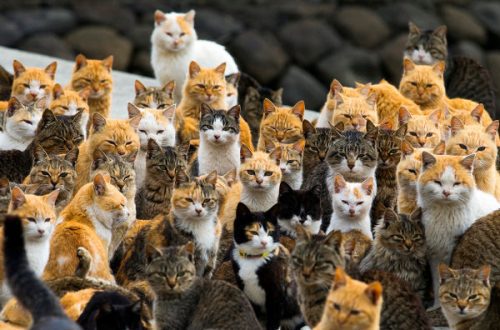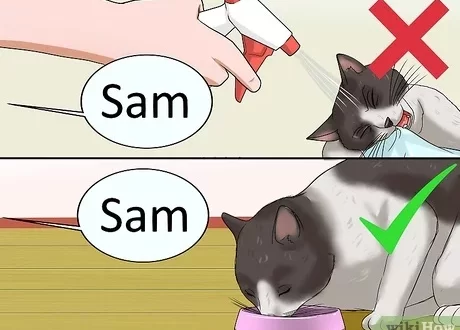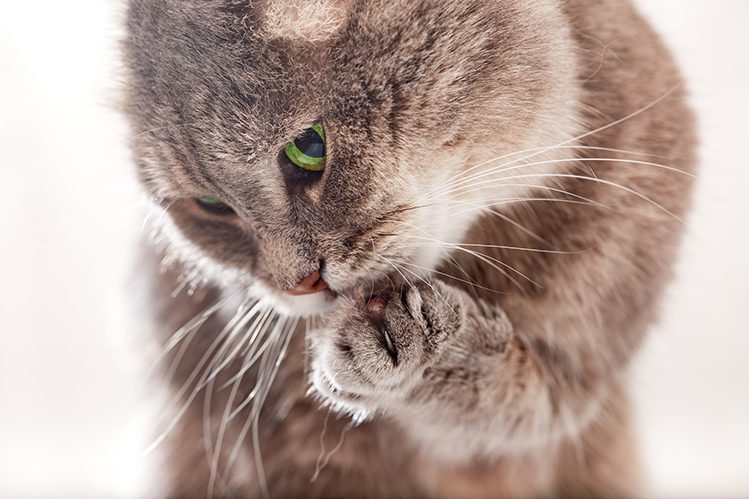
How to get hair out of a cat’s stomach?
Cats are exemplary cleaners. Every day, several times a day, they carefully lick their beautiful fur coat. But the love of cleanliness has a downside: when washing, the cat swallows the fallen hairs, and their accumulation in the stomach can lead to serious digestive problems. How to understand that wool has accumulated in the stomach of a pet, and how to help remove it?
When washing, the cat swallows a small amount of hair, and this is completely normal. Just imagine: a cat spends about half a day washing every day! Of course, when licking, hair remains on her tongue, which the cat then swallows.

Normally, the body is regularly cleansed of swallowed wool in a natural way: through fecal matter or belching. But sometimes (especially during the molting period) the pet needs help. Swallowed wool can accumulate in the body and form large lumps, which in severe cases lead to blockage of the gastrointestinal tract. And then you can not do without surgical intervention.
The wool accumulated in the stomach disrupts digestion, does not allow the cat to get enough food, because her stomach is already full. Large hairballs can block the lumen of the gastrointestinal tract, and then the pet will need surgery.
Contents
Symptoms of hair accumulation in the gastrointestinal tract
Not only long-haired pets with a thick fur coat can suffer from the accumulation of wool in the stomach, but also cats with short hair.
Especially often long-haired, older cats and overweight cats suffer from the accumulation of wool in the gastrointestinal tract.
But how to understand that the pet has accumulated hair in the digestive tract and that the pet needs help? The following symptoms indicate this:
Dry cough: the cat periodically bends its head to the floor and begins to cough
Frequent vomiting: the cat tries to vomit fur, but it does not work
Vomiting
restless behavior
Decreased appetite
Constipation: frequent trips to the tray without result
Diarrhea: Less common, but may still occur. Mucus and undigested food will be visible in the feces.
One or more symptoms is a good reason to see a veterinarian. Your task is to help the cat get rid of hair in the stomach as quickly and gently as possible, until the gastrointestinal tract is blocked and the pet does not have to undergo surgery.
Don’t worry: by reacting quickly and acting correctly, you will solve the problem without negative consequences.
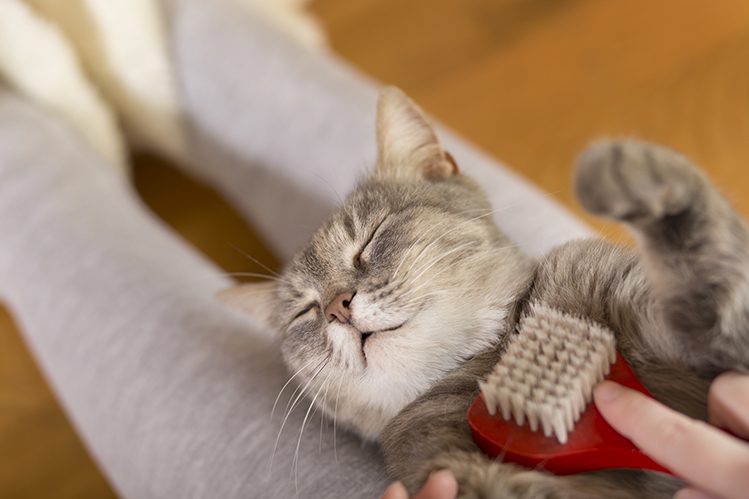
Help and prevention of accumulation of wool in the stomach
To help your cat remove hair from the stomach, as well as for prevention during the molting period, follow these steps.
Step 1: Brush your cat regularly. The more loose hairs you remove with a brush, the less of them will get into the cat’s stomach in the process of washing.
Step 2: Purchase sprouted oats. Most cats love to chew grass, and it helps to clear the stomach of hair through burping. The usual scenario: a cat regales itself with grass, and after a few minutes burps it along with the swallowed wool.
An important recommendation: purchase special grass from pet stores. Do not bring grass from the street: it is likely to be contaminated and do more harm than good.
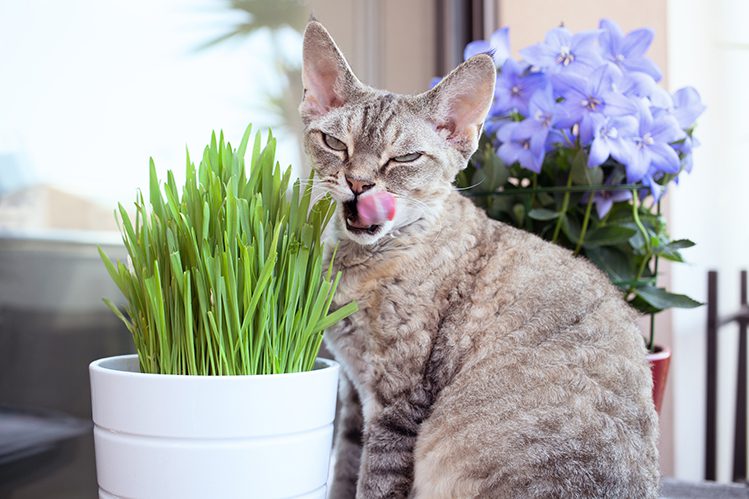
Step 3. Give the cat a special paste for removing hair. Pet stores have a large selection. One of the most popular is Malt Soft Paste Extra. The advantage of this paste is in a safe composition with oil and malt extract. Once in the gastrointestinal tract of a cat, the paste quickly dissolves hairballs, separates individual hairs, lubricates each hair and gently removes it from the stomach with fecal matter. After taking the paste, the vomiting in the cat quickly stops.
Step 4: Get special dry food and treats to remove hair from the stomach if your pet often suffers from this problem. For example, it can be a balanced dry food with natural fiber (Monge Hairball), pea fiber and malt (Mnyams Hair Removal), as well as preventive treats with oat fibers (for example, Mnyams AntiHairball). All these components prevent the accumulation of hair in the cat’s digestive tract.
Step 5. Visit a veterinarian. If you have any concerns about your pet’s behavior or well-being, or if you have any doubts about care, contact your veterinarian. In this case, it is better to ask again several times than to do something wrong. This is not paranoia and not excess – this is taking care of your little ward, who will entrust their health to you.
Take care of your cats, and happy tails!



